Citroen Reviews and Road Tests |
|
 |
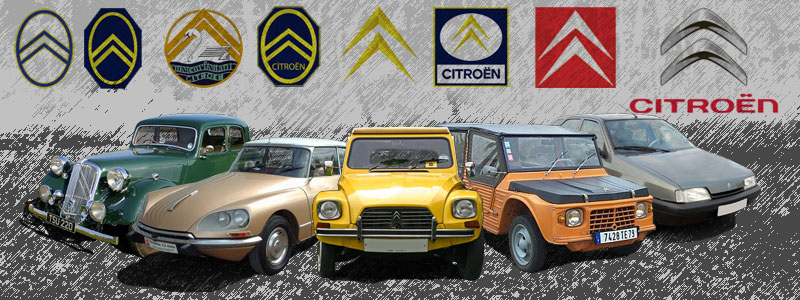
|
|
Founded by André-Gustave Citroen, who possessed the genius for organising mass-production, arguably second only to Henry Ford. Educated at Ecole Polytechnique, France's top technical university, Citroen then had a spell in the French army as an engineering officer and then landed a job as chief engineer at Mors. By 1913 he had set up his own business manufacturing helix gear wheels (and thus evolved the double chevron badge), and during the first World War was assisted by the French government to set up a large production facility in Paris in exchange for munitions manufacture.
Following the war, Citroen's factory was left full of American machine tools, so he began the design of his first car, the 1919 Type A. Cheap, reliable and hugely successful, the Type A was quickly followed by the B2, and then in 1921 by the Type C. The wonderful Rosalie was released in 1934, and then the car that would launch Citroen as a global auto manufacturer, the Traction Avant. War would intervene yet again, but the car to ensure the survival of the marque was in fact a rival to Hitler's Beetle, the ever popular 2CV.
Also see: The History of Citroen |
 |
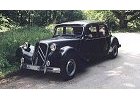 |
|
1934 - 1957
Made between 1934 - 1957, the Traction Avant established Citroen's reputation as a technology leader. It had monocoque chassis, front-wheel drive, over-head valve engine and torsion bar suspension. More>> |
 |
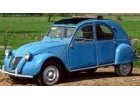 |
|
1948 - 1990
From 1948 to 1990, nearly 4 million 2CVs rolled out of the Citroen factory, placing on the top of Citroen's own all-time best selling chart. Globally, its 42 year life span places it in second place just behind the VW Beetle. More>> |
 |
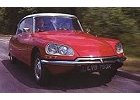 |
|
1955 - 1975
Seen as one of the most innovative cars of its era, the Citroen DS engineers introduced self-levelling suspension with hydraulic hydropneumatic struts and unique adjustable ride-height facility allowing the DS to raise itself over rough terrain. More>> |
 |
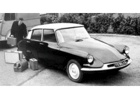 |
|
1956 - 1975
On the road the ID was 5 mph slower than the DS, but it would sprint from 0 to 60 in 17.6 seconds against the DS's 19 seconds. It was more sparing on fuel, too: 31.3 mpg compared to 28.8. The ID's conventional gear-change and clutch set-up was a touch faster and much more precise than the DS's hydraulically "cushioned" arrangement. More>> |
 |
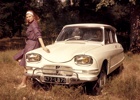 |
|
1961 - 1978
Mechanically the Citroen Ami-6’s design was derived from that of the 2CV but it was more powerful and had a much more luxurious body. Its 602cc engine gave a maximum speed of 65 mph. At launch, in France it cost 6550 francs. This was about 13 percent more than the cheapest three-speed Dauphine, which had a higher performance. More>> |
 |
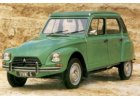 |
|
1967 - 1983
Released in September 1967 and looking a little less corrugated than the timeless 2CV, the Dyane used the same 425cc engine and was aimed as an "intermediate" model, sitting between the 2CV and Ami Six belt. Later versions gained a choice between the new 435 and 602 cc engines, the latter engine featuring higher compression pistons and forced induction from the engine fan. More>> |
 |
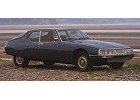 |
|
1970 - 1975
This prestige SM was created in 1970, and used a smaller V6 version of Maserti's quad-cam V8 motor, combined with Citroen's already well developed front wheel drive that had its gearbox/transaxle unit slung ahead of the compact engine. Now, at last, a performance Citroen. More>> |
 |
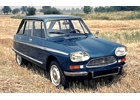 |
|
1973 - 1976
The Ami Super was a flat-4 variant of the original Ami, powered by the engine of the GS and produced between 1973 and 1976. At the launch of the GS, its original flat 4 cylinder air-cooled 1015cc 55 bhp DIN engine was considered to be under powered. With surplus engines available, Citroen decided to fit the engine into the Ami 8 in January 1973. More>> |
 |
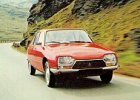 |
|
1973 - 1979
The Citroen GS 1220 possessed that quality of ugliness which only the chic French could make admirable. The controversial shape packed in the maximum passenger and luggage space within a minimum road space. More>> |
 |
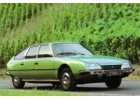 |
|
1974 - 1979
The immediate impression created by the CX was that it was a clever styling mixture of GS and SM, a recommendation in itself. Technically too it was an amalgam of everything that was advanced in the then current Citroen models, wrapped in a most elegant, ultra-modern body. More>> |
 |
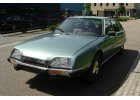 |
|
1976 - 1983
First released in Australia in 1976 in 2.2 litre form, by 1981 the CX 2400 would be the only model Citroen would offer in Australia. The car was actually first released in Europe in 1974, then replacing the long standing D series that had been in continuous production for more than twenty years. More>> |
 |
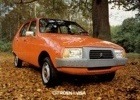 |
|
1978 - 1987
The Visa Club's neat four door body had a distinctive thermoplastic nose section with the traditional loftiness of its forebears, while wheel-arch gaps suggested that this Citroen had all the suspension travel expected of the breed. Certainly, a great deal of attention was paid to the creature comforts of the driver and passengers. More>> |
 |
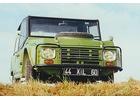 |
|
1979 - 1982
Citroen's useful and amusing plastic-bodied, 2CV-engined Mehari (Camel) became an even more useful vehicle when it was endowed with four-wheel-drive in 1979. The ageless air-cooled twin-cylinder baxermator (602 cc, 29 bhp/21.62 kW) was attached to a gearbox with drive-shaft to the rear wheels, and hey presto, the 4WD Mehari was created. More>> |
 |
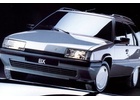 |
 |
1983 - 1994
The Citroen BX is important to remember as being the very first new car from the PSA group. It showed a sense of co-operation between Peugeot and Citroen without losing the individuality of the Citroen marque. The basic floorpan of the BX served as a foundation for other cars from the group, and had a 104.5-inch wheelbase and the well known hydropneumatic suspension system. More>> |
 |
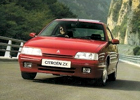 |
 |
1990 - 1998
The Citroen ZX was arguably the most conventional major model in the company's history. There was no hydropneumatic suspension - it was considered too expensive. There was no futuristic body style - such an idea was considered too avant garde for what Citroen's Peugeot masters claimed was a conservative market. There wasn't even the single-spoke wheel, which had been a long-time Citroen trademark. More>> |
|
|
|
Sell Your Car or Parts
Browse the Classifieds
It's Absolutely Free! - Find Out More
|
|




